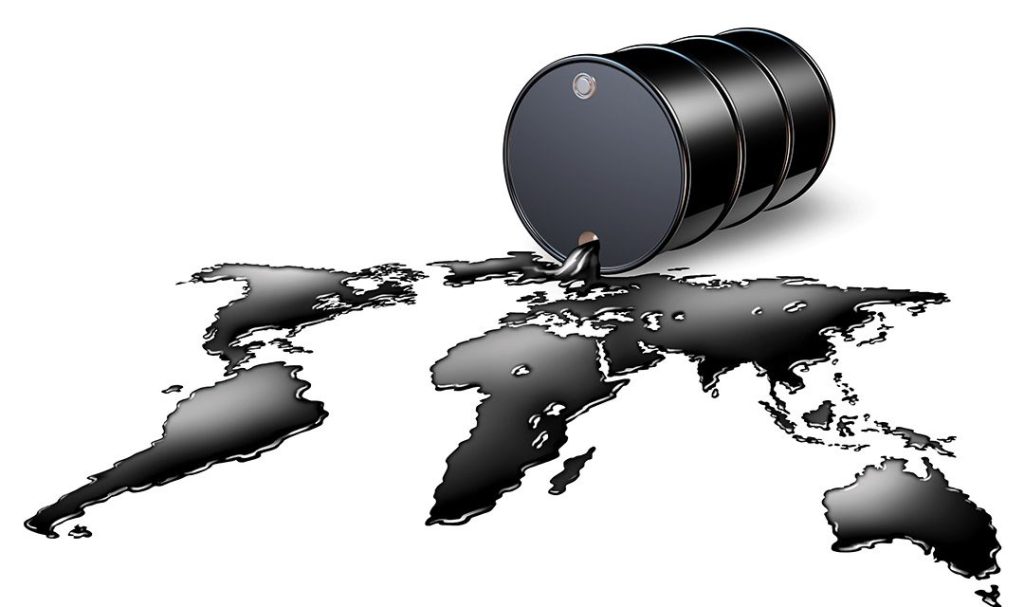The collapse in oil prices gave a wake-up call to most of the once seemingly financially defunct most Middle Eastern countries. Consumer reactions to previous lockdowns and ongoing epidemic restrictions have resulted in a significant drop in oil demand. In addition, a long-term trend has leaked, replacing fossil fuel-based energy with renewable energy. As a result, oil companies are facing a difficult situation faced by low demand, low prices and the suspicions of the local population.Exxon and Chevron, two of the largest oil majors, reported losses of $ 9.4 billion in the second quarter. This is partly due to the long-running downturn facing the entire fossil fuel industry. The economy is heading towards a zero-carbon, or at least, low-carbon future. The Kingdom of Saudi Arabia is the largest and most important oil economy in the golf region. Saudi Aramco is trying to discover a sustainable pathway, with the goal of achieving reduced carbon emissions, through increased engine efficiency, improved fuel formulations, reduced carbon emissions, and the conversion of hydrocarbons and carbon dioxide into practical products. According to Saudi Aramco, in the long term, oil demand will continue to grow, as a result of economic and population growth. Aramco added That speculation about an impending shortage of oil demand is nothing but a rumor that is not based on real oil consumption. While the Governor of the Saudi Arabian Monetary Agency declared uncertainty about the future financial outlook, Saudi Aramco has predicted that by 2023, the price will rise to around $ 50 a barrel, confidently ensuring continued oil consumption.
Subscribe to Updates
Get the latest creative news from FooBar about art, design and business.
Next Article Oil’s Future



